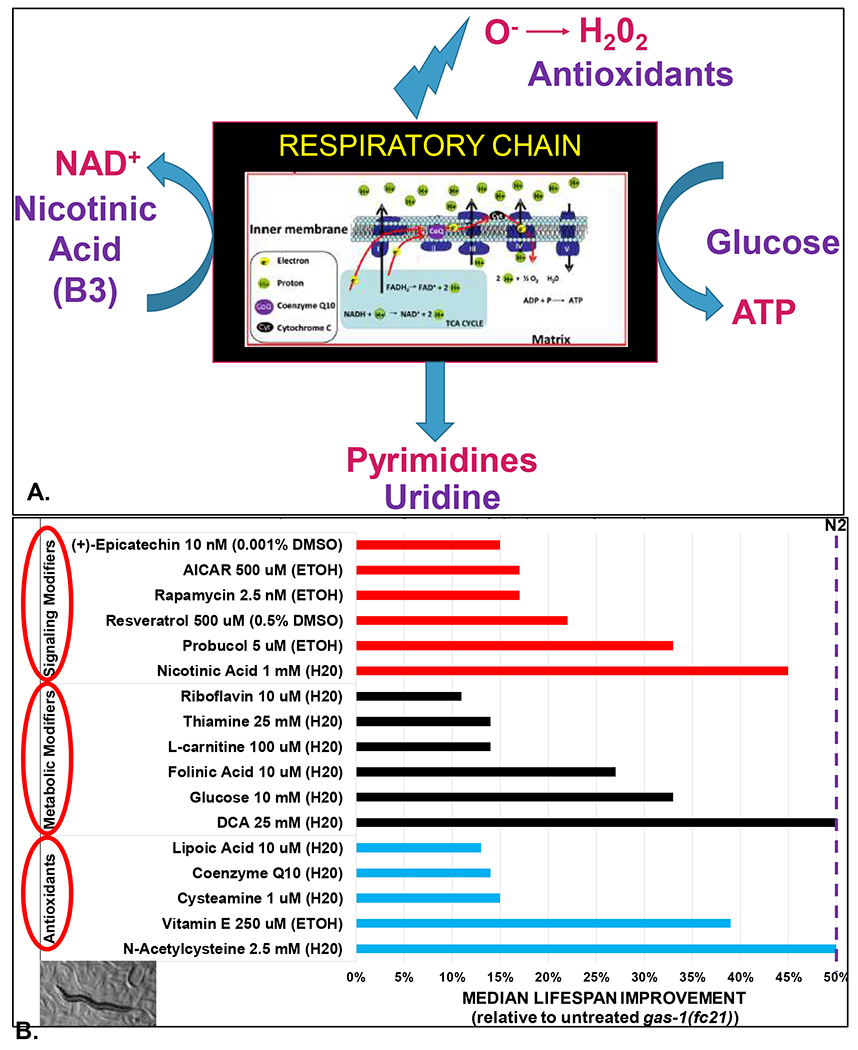Figure 2. Candidate therapeutic approaches in primary mitochondrial disease.

(A) Schematic of “black box product” therapies for mitochondrial disease. Major products generated by the mitochondrial respiratory chain include ATP, pyrimidines, NAD+, and oxidants (superoxide and hydrogen peroxide). To balance deficiencies of these products that occur in mitochondrial respiratory chain dysfunction, therapeutic classes to consider include nutrients (glucose) to optimize anaerobic glycolytic ATP generation in the cytosol, nucleic acids, NAD+ precursors, and antioxidants. (B) Lead drug classes and candidates identified through individual therapy modeling in the gas-1(fc21) C. elegans model of mitochondrial respiratory chain complex I disease that harbors a stable, homozygous missense mutation replacing a conserved arginine with a lysine in the NDUFS2 complex I subunit orthologue (Kayser et al 1999). Effective drugs were grouped into three general categories, namely antioxidants, metabolic modifiers, and signaling modifiers. The degree to which each drug restored shortened gas-1(fc21) animal lifespan toward that of wild-type (N2 Bristol) worms is shown, along with the maximally tolerated (or in some cases optimized) dose and buffer used for each compound. These C. elegans lifespan studies were performed manually and analyzed by a range of research scientists in the Falk Research laboratory at The Children’s Hospital of Philadelphia over many years, with results published in previous publications and/or performed by Julian Ostrovsky, MS (McCormack et al 2015; Polyak et al 2018; Guha et al 2019). Cysteamine bitartrate was provided by Raptor Therapeutics in an investigator-initiated therapy (Guha et al 2019). Dichloroacetate was provided for study by Dr. Peter Stacpoole at University of Florida and also independently obtained from Sigma. Epicatechin was provided by Dr. George Schreiner at Cardero Therapeutics (Falk et al, abstract presentation at 2014 Society of Inherited Metabolic Disease (SIMD) annual meeting). All other compounds were obtained from commercial sources, as previously described (McCormack et al 2015; Peng et al 2015; Kwon et al 2018; Polyak et al 2018; Guha et al 2019). Inset at bottom left depicts variable stage worms on a nematode growth media plate and tracks showing through the E. coli lawn, with a central adult work surrounded by visible eggs and larvae. H20, water. ETOH, ethanol. DMSO, dimethyl sulfoxide.
